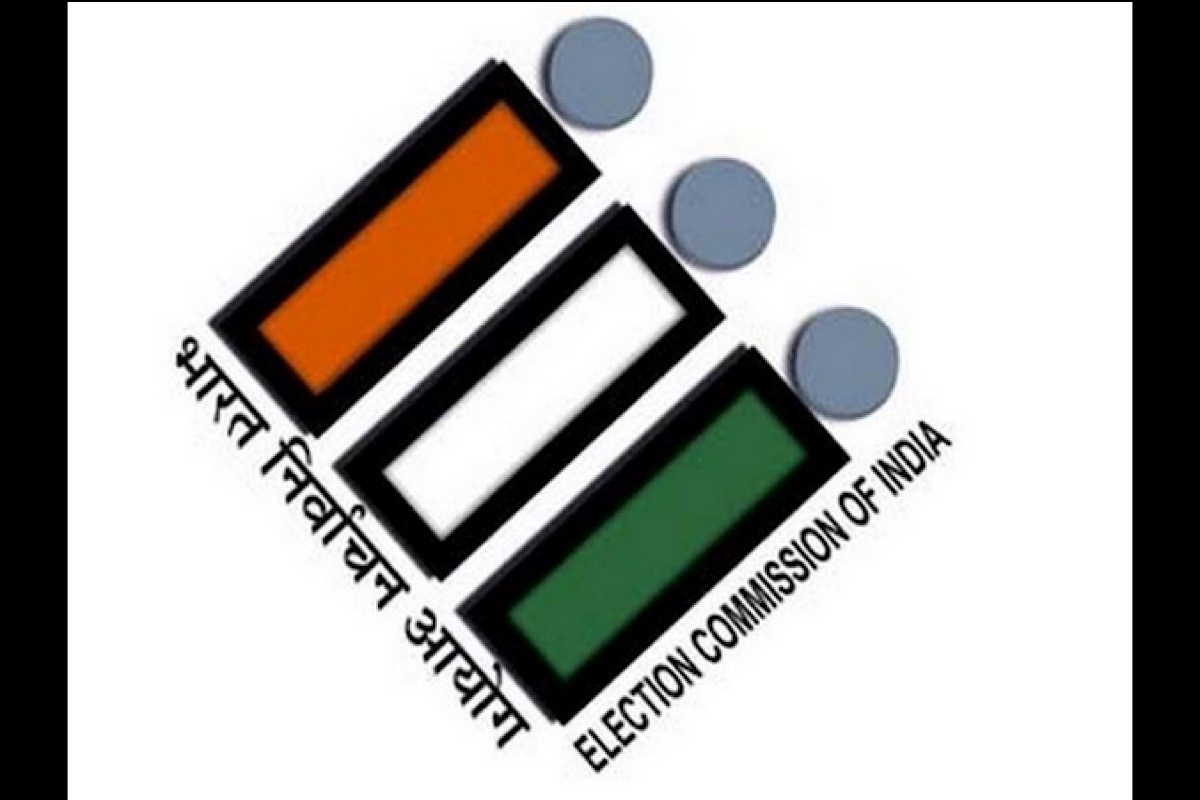A total of 64.64 crore votes were polled in 2024 Lok Sabha elections as compared to 61.4 crore in the last general elections in 2019, as per the Election Commission (ECI).
According to a granular data of Lok Sabha elections released by the poll panel, out of these, the total number of EVM votes polled were more than 64.21 crore and postal ballots 42.81 lakh.
Advertisement
Dhubri Lok Sabha seat in Assam recorded the highest turnout at 92.3 per cent, while Srinagar parliamentary constituency in Jammu and Kashmir registered the lowest turnout at 38.7 per cent as compared to 14.4 per cent in last general elections.
According to ECI, eleven parliamentary constituencies recorded less than 50 per cent turnout. The total number of NOTA votes polled were 63 lakh (0.99 per cent) in 2024 compared to 1.06 per cent in 2019, it said.
More than 27 per cent voter turnout of transgender voters (third gender) was registered.
A total of 12,459 nominations were filed in 2024, compared to 11,692 in 2019. Malkajgiri parliamentary seat in Telangana recorded the highest number of nominations at 114, while the lowest number of nominations were recorded from Assam’s Dibrugarh with three nominations.
In 2024 elections, 8,360 qualified as contesting candidates after rejection of nominations and withdrawals from a total of 12,459 nominations filed across the country. The number of contesting candidates in the 2019 elections was 8,054.
A total of 7,190 candidates forfeited the deposits, compared to 6923 in 2019, as per the data of the poll panel.
The ECI said the release of data is in furtherance of its policy of maximum disclosure, greater transparency and accessibility of election-related data for all stakeholders including academia, research and the general public.











